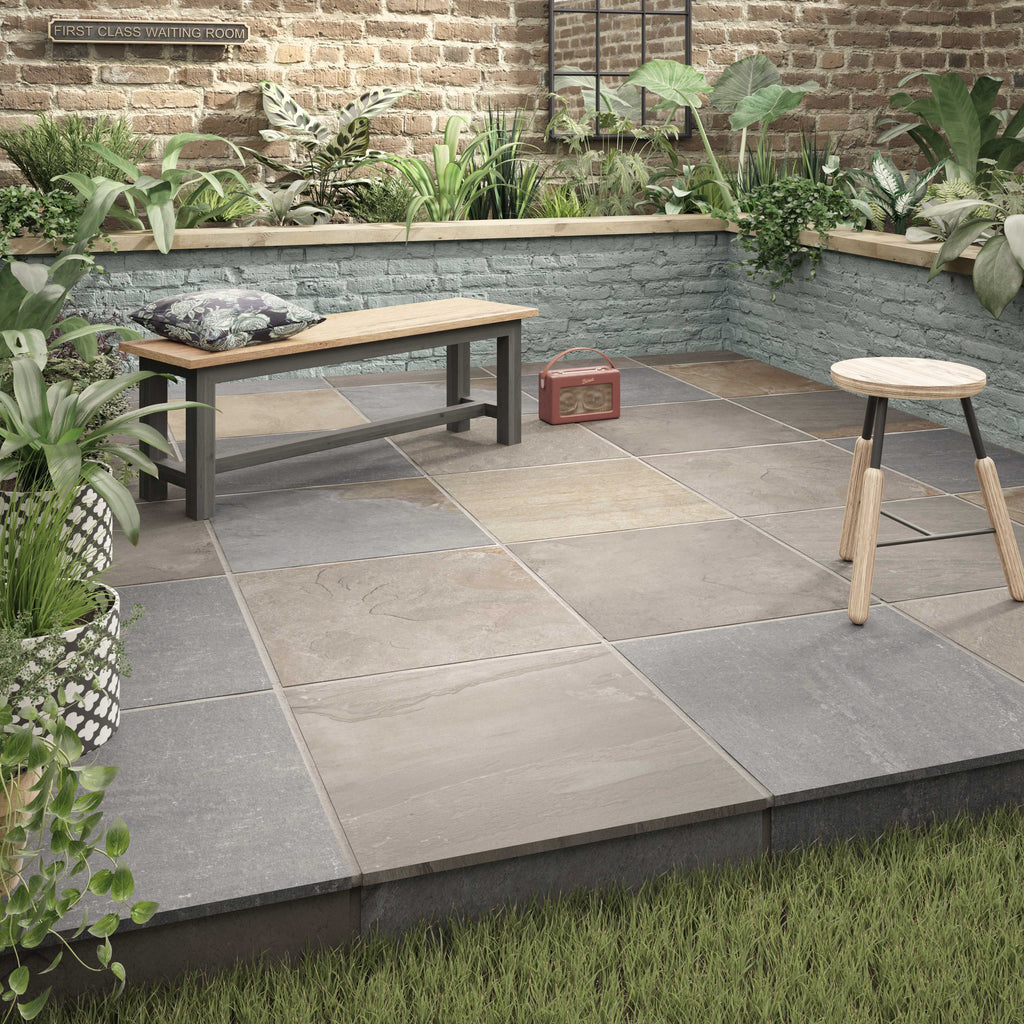
How does an outdoor tile differ from an indoor tile?

How Does an Outdoor Tile Differ from an Indoor Tile?
Introduction:
When it comes to choosing the right tiles for your space, it's essential to consider the environment in which they will be used. Tiles designed for outdoor areas require different characteristics compared to those used indoors. From grip ratings to material choices, outdoor tiles are tailored to withstand the elements and provide functionality. Let's explore the key differences between outdoor and indoor tiles.
Grip Ratings:
One crucial distinction between outdoor and indoor tiles is the grip rating. Outdoor tiles should provide a higher level of slip resistance to ensure safety, especially in wet or humid conditions. The coefficient of friction (COF) is used to measure the grip rating. For outdoor tiles, it is recommended to choose a tile with a higher COF to minimize the risk of accidents. Look for tiles specifically labeled as suitable for outdoor use, with a higher slip resistance rating.
Material Choice:
Another significant factor that sets outdoor and indoor tiles apart is the choice of materials. Indoor tiles often prioritize aesthetics and may use materials like porcelain, ceramic, or even glass. On the other hand, outdoor tiles require robust materials capable of withstanding exposure to UV rays, temperature fluctuations, moisture, and heavy foot traffic.
For outdoor applications, materials such as natural stone, concrete, terracotta, or porcelain pavers are commonly used. These materials are known for their durability and ability to withstand outdoor elements. Natural stone, such as slate or granite, offers a timeless appeal, while concrete provides a versatile and cost-effective option. Porcelain pavers are becoming increasingly popular due to their strength, low porosity, and resistance to fading.
Conclusion:
Understanding the differences between outdoor and indoor tiles is crucial for selecting the right option for your specific needs. Outdoor tiles with higher grip ratings ensure safety in various weather conditions, while materials like natural stone, concrete, and porcelain pavers provide the durability required to withstand outdoor elements. By considering these factors, you can make an informed decision and choose tiles that will enhance both the aesthetic appeal and functionality of your outdoor space.
Introduction:
When it comes to choosing the right tiles for your space, it's essential to consider the environment in which they will be used. Tiles designed for outdoor areas require different characteristics compared to those used indoors. From grip ratings to material choices, outdoor tiles are tailored to withstand the elements and provide functionality. Let's explore the key differences between outdoor and indoor tiles.
Grip Ratings:
One crucial distinction between outdoor and indoor tiles is the grip rating. Outdoor tiles should provide a higher level of slip resistance to ensure safety, especially in wet or humid conditions. The coefficient of friction (COF) is used to measure the grip rating. For outdoor tiles, it is recommended to choose a tile with a higher COF to minimize the risk of accidents. Look for tiles specifically labeled as suitable for outdoor use, with a higher slip resistance rating.
Material Choice:
Another significant factor that sets outdoor and indoor tiles apart is the choice of materials. Indoor tiles often prioritize aesthetics and may use materials like porcelain, ceramic, or even glass. On the other hand, outdoor tiles require robust materials capable of withstanding exposure to UV rays, temperature fluctuations, moisture, and heavy foot traffic.
For outdoor applications, materials such as natural stone, concrete, terracotta, or porcelain pavers are commonly used. These materials are known for their durability and ability to withstand outdoor elements. Natural stone, such as slate or granite, offers a timeless appeal, while concrete provides a versatile and cost-effective option. Porcelain pavers are becoming increasingly popular due to their strength, low porosity, and resistance to fading.
Conclusion:
Understanding the differences between outdoor and indoor tiles is crucial for selecting the right option for your specific needs. Outdoor tiles with higher grip ratings ensure safety in various weather conditions, while materials like natural stone, concrete, and porcelain pavers provide the durability required to withstand outdoor elements. By considering these factors, you can make an informed decision and choose tiles that will enhance both the aesthetic appeal and functionality of your outdoor space.


